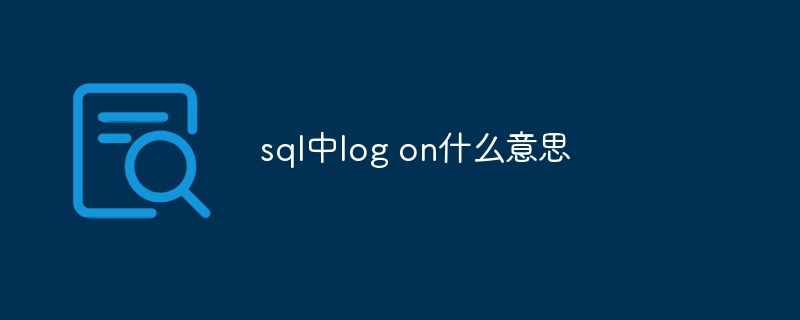LOG ON in SQL is used to establish a database connection, allowing users to access a specific database using specified credentials (such as username and password). Syntax: LOG ON [AS] {USER NAME | CONNECTION NAME} [WITH PASSWORD | WITHOUT PASSWORD] User credentials can be specified using different parameters, explicitly defining the password or exempting it if not required. The LOG ON statement is used only once before connecting to the database and helps establish a secure connection to the data source.

LOG ON in SQL
In SQL, LOG ON is used to establish a database connection. It allows users to access a specific database using specified credentials such as username and password.
Syntax:
<code>LOG ON [AS] {用户名 | 连接名称} [WITH 密码 | WITHOUT PASSWORD]</code>Parameters:
How to use:
To use LOG ON, use it in a SQL query before connecting to the database. For example:
<code>LOG ON AS 'sa' WITH PASSWORD = 'MyPassword'</code>
This will establish a connection to the database using username 'sa' and password 'MyPassword'.
Note:
The above is the detailed content of What does log on mean in sql. For more information, please follow other related articles on the PHP Chinese website!




